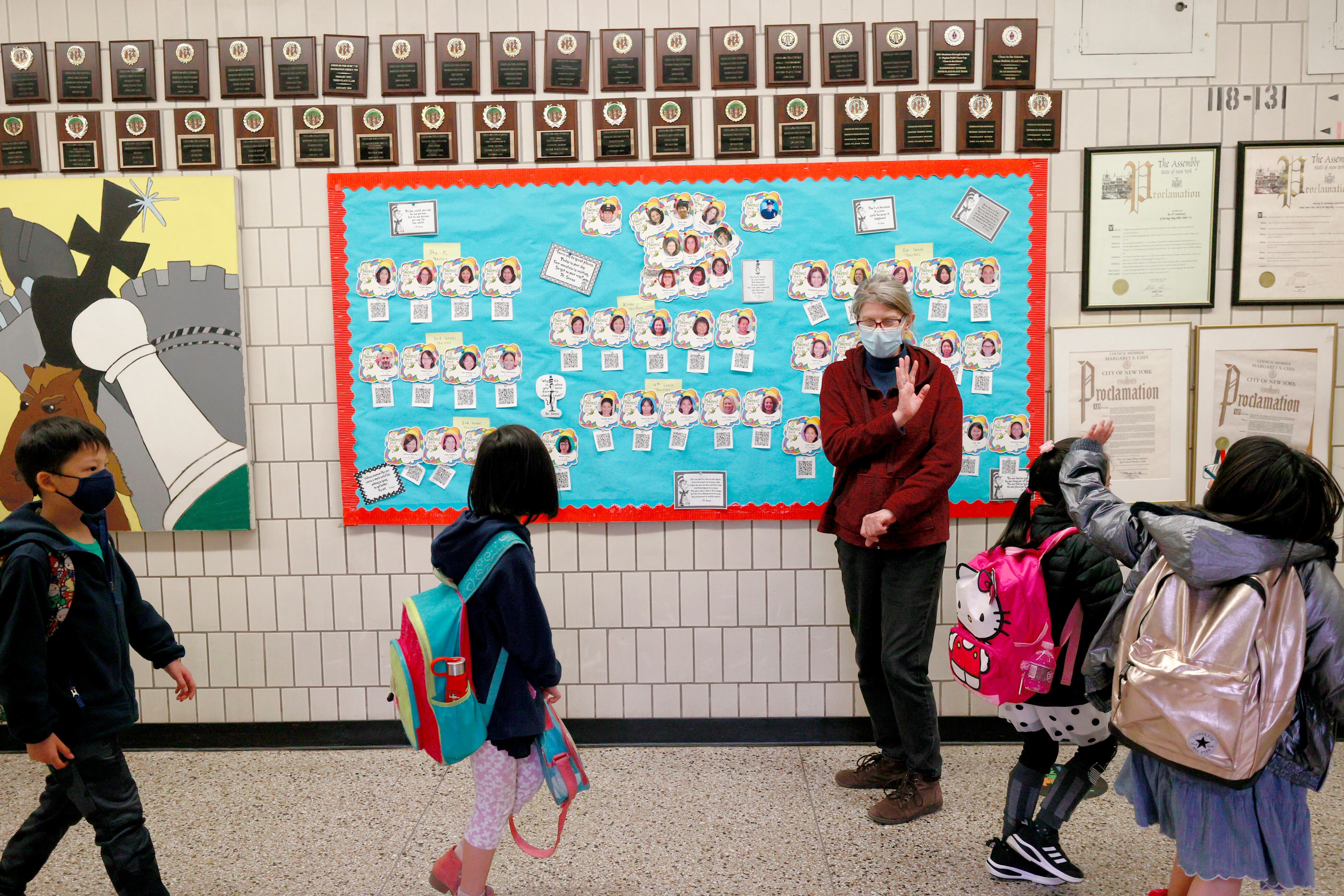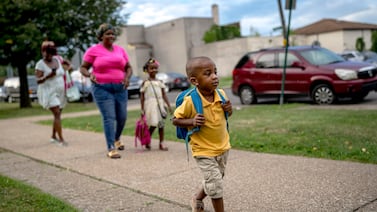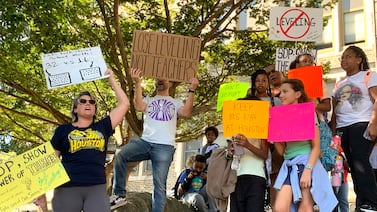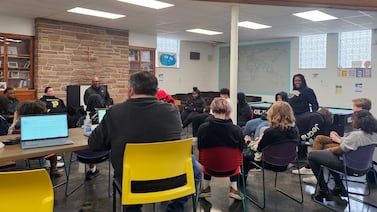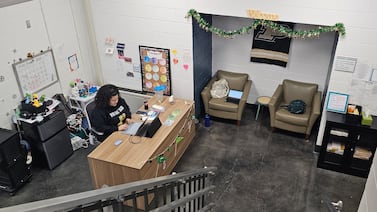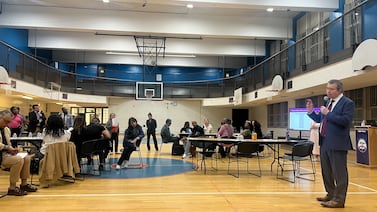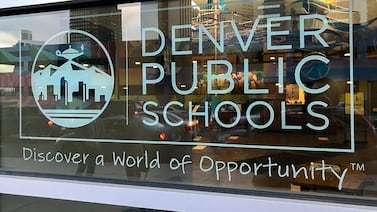School communities across New York City are growing increasingly concerned about Mayor Bill de Blasio’s lack of concrete details for the fall.
Whether families hope to remain fully remote, or their children are already back in school five days a week — a situation enabled by having the majority of students still learning exclusively from home — they want more clarity on what next school year will look like.
Principals and other administrators, however, are in a holding pattern. Without more guidance on social distancing, remote learning, and medical accommodations for teachers, they can’t know how many children their classrooms can hold, whether they’ll be on the hook for offering in-person and remote instruction, or how many teachers will end up back in the classroom.
“Until certain questions get answered, we can’t do any planning,” said Tom Carty, principal of P.S./I.S. 49 in Middle Village, Queens. “I feel bad because a year later I’m still answering questions with ‘I don’t know.’ I can see the anxiety on parents’ faces.”
Typically by this time of year, schools have started laying the groundwork for next year’s teacher assignments, a complex logistical jigsaw puzzle that depends on knowing how many teachers will be needed to staff each course.
“Two weeks ago was kind of too late to find out about next year,” said Stephen Lazar, a teacher at Manhattan’s Harvest Collegiate High School and a former class scheduler.
School leaders worry they might find themselves in a similar situation as last summer, where last-minute shifts, including two delayed school starts, set the course for an unsteady year.
Here are some of the unanswered questions:
What will social distancing guidelines look like?
City schools recently decreased social distancing rules from six feet to three feet for elementary school grades, and kept the six-foot rule for middle and high schools. Even with this move, some buildings are not able to fit in all of the students who opted in. Lunchtime — which still requires six feet of social distancing — is only workable at many campuses because it’s spring, and students are eating outside.
United Federation of Teachers President Michael Mulgrew told members this week that the three-foot rule might be rescinded in the fall as the coronavirus rates drop, according to the NYC educator blog. He still raised questions about masks and ventilation.
At the start of this school year, guidance from the Centers for Disease Control and Prevention called for keeping all students six feet apart. In response, New York City offered families two options: fully remote instruction or hybrid learning, where students were in person part time and remote the rest of the week. An agreement between the city and teachers union suggested that schools would need separate teachers for students in each group.
Without hiring three times the number of teachers, schools came up with creative solutions — sometimes providing less live instruction for many children on remote days or quietly bending the city’s agreement with the teachers union and livestreaming courses for students in the building and at home. Those workarounds upended weeks of planning at some schools.
“The biggest obstacle this year was adequate staffing resources,” said Carty, whose school typically has 40 classes, but this year had to staff 121 classes for the three modes of learning. “My school size basically tripled, and I didn’t have the staff for it.”
His special education teachers, for instance, livestreamed lessons to ensure that children with disabilities received support on remote days. The education department also allowed certain special education classes that were typically staffed by two teachers to only be staffed by one in some circumstances.
Space constraints could still be an issue at other schools for in-person learning. With about 61% of his students in person, Michael Perlberg, principal of Brooklyn’s M.S. 839, had to borrow three classrooms from the school that shares its building. Even if his school went to three feet of social distancing, they would be short on space for about 100 students, he said.
“The earlier we know these things, the easier it is to plan,” Perlberg said. “It’s really hard to do this for August.”
Many other questions remain: Will students be able to move freely between classrooms? Will many schools have to continue offering “Zoom in a room,” where students are learning virtually when they’re on campus? That option kept some students home because it was so unappealing, families said.
Of course, city officials also are wrestling with unknowns that can make it difficult to plan, including the course of the virus in the coming months and the degree to which students and educators will be vaccinated by the fall.
Already those who are ages 16 and up can get the Pfizer vaccine, and the U.S. Food and Drug Administration extended the emergency use authorization for that particular vaccine to children as young as age 12 on Monday. Pfizer and Moderna are expected to apply for authorization to vaccinate children as young as age 2 in September.
Will teachers be able to apply for medical accommodations to work remotely?
Another major sticking point for next year is whether teachers who are at high risk for coronavirus complications will be able to obtain medical accommodations for remote work next year. Some parents at schools where students are still learning on laptops when they’re on campus have complained about educators remaining home despite being prioritized for the coronavirus vaccine.
Roughly 21,000 teachers, or 28% of them, have accommodations that are valid through June. Education department officials said they would have more information on next year’ guidance in the “coming weeks.”
This issue has become a flashpoint at some schools, particularly those with high numbers of teachers with accommodations, like Brooklyn’s Edward R. Murrow High School.
Roughly 40% of Murrow faculty were granted medical accommodations, the principal said at a March school leadership meeting, according to publicly available minutes. “Possibly 25% to 30%” might still require medical accommodations in the fall, the school’s teachers union representative said at that meeting, the minutes showed.
The vaccine is not mandatory, and the education department cannot ask for vaccination records, according to the United Federation of Teachers. It is highly unlikely that the same percentage of accommodations will be granted in the fall, but it remains to be seen what kinds of rules will remain in place for medical accommodations.
“Staff remote accommodations is a huge, huge question,” said a high school principal, who wasn’t authorized to speak publicly, explaining that the difference between even having 2% of teachers remote versus 5% can be significant. “Do we need to hire people?”
Schools typically hire teachers now, but may be unable to do that since they don’t know their staffing needs yet.
Other staffing issues that need to be negotiated with the teachers union pose additional challenges, including whether teachers can livestream classes, or what the length of the school day will be. This year, children are only in school for five hours and 20 minutes, which is an hour less than usual, to give teachers more planning time.
Will schools be on the hook to provide a full-time remote learning option?
This is a giant missing piece of the puzzle that is likely holding up many other pieces. Earlier this year, Mayor Bill de Blasio and Chancellor Meisha Porter seemed to indicate there would be a remote option in the fall. But lately they have been sidestepping the question. Instead, they are reiterating their hope that all students will return to school in person by Sept. 13.
Without this piece of information coupled with what’s happening with accommodations, schools remain in the dark on key staffing questions, even as schools have already begun making hiring decisions. They also don’t know what this might mean for their enrollment numbers.
Districts are grappling with this across the nation, with some already committing to offering a virtual option for families who want it, or offering a limited option, as in Washington, D.C., where students will be able to learn remotely if they can demonstrate a need to stay home. Meanwhile in New Jersey, the governor has sought to block school districts from offering virtual learning at all.
If New York City has a remote option, will schools have to run it themselves? Would it be run centrally or by districts?
Several principals told Chalkbeat they had mixed feelings about this: They want their students to remain part of their community, but managing multiple modes of schooling is a significant burden.
“While I usually would prefer to keep all students part of my school community, I do not think it is feasible for us to run our own remote options for families,” said a Manhattan elementary school principal, requesting anonymity. “I think families should be strongly encouraged to return to in-person learning, minus a medical exception process or extenuating circumstance. This small group of students should be taught centrally and not school based.”
Carty agreed that he would prefer a district or centrally run remote option, even if that meant he might lose more students. This year, his school lost about 50 families, either to Catholic schools or because they left the state or even the country, he said.
“I have kids whose parents want them remote. I would hate them to leave my community,” he said. “At the same time, having remote stretches your capacity.”


